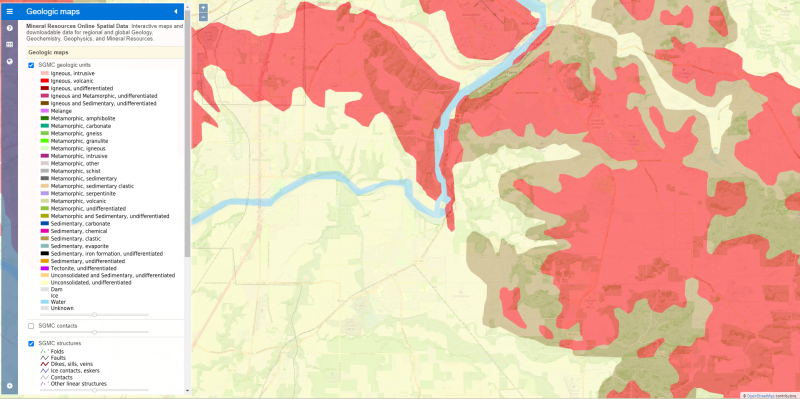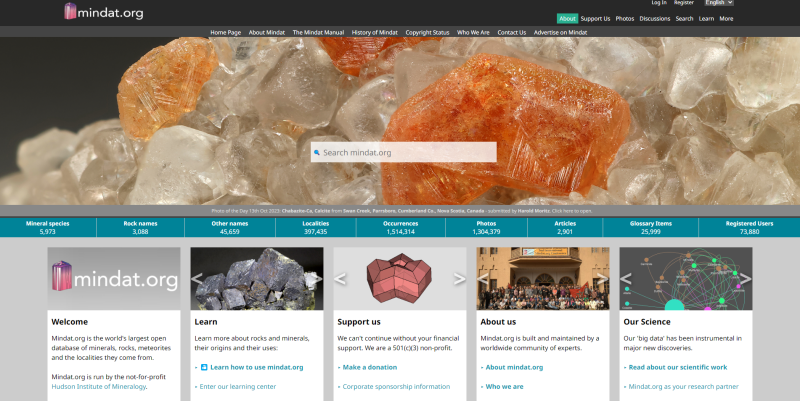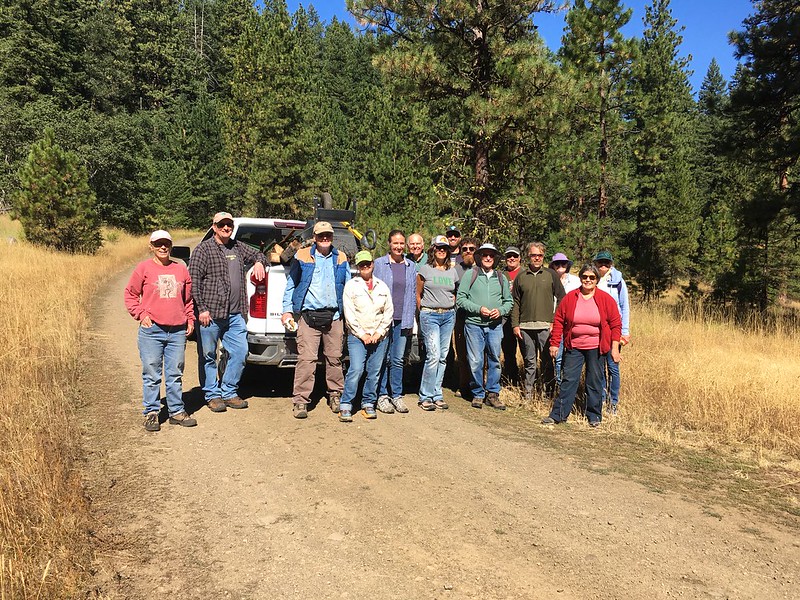Rockhounding is more than just collecting rocks; it’s a journey of discovery, exploration, and continuous learning. This short guide aims to equip you with the knowledge and tools to make the most of your rockhounding adventures.
The Importance of Doing Your Own Research
- Identify potential locations: Research helps you pinpoint areas rich in specific minerals or geological formations.
- Understand geological history: Knowing the geological evolution of an area can provide clues about where to find certain minerals.
- Recognize rock types: Familiarizing yourself with different rock types and their formations can enhance your rockhounding experience.
When you dive into the world of rockhounding, research isn’t just a box to check off—it’s your best friend. Think of it as your treasure map. By doing your homework, you can zero in on spots that are bursting with the exact minerals or rocks you’re setting out to find. Research can give you a type of sixth sense that guides you straight to the jackpot.
But it’s not just about the ‘where.’ It’s also about the ‘why.’ Delving into the geological backstory of a location is like reading its diary. You get to uncover the story of how it evolved, which as a result drops hints about where the rocks and minerals might be hiding. It’s a thrilling chase, piecing together the past to predict the present.
And let’s not forget about the ‘what.’ The rock world is vast and varied. By getting to know the different rock types and how they come to be, you’re not just collecting rocks—you’re collecting stories. Each rock or mineral has its own tale of formation, and recognizing them adds layers of depth to your rockhounding trips.
Start with Established Sources
- Rockhounding Guidebooks: These books offer detailed insights into specific regions, highlighting popular and lesser-known rockhounding spots.
- Geological Surveys and Maps: These provide a visual representation of the geological features of an area, aiding in identifying potential rockhounding locations.
- Reputable Rockhounding Organizations: Joining or following these organizations can provide access to expert knowledge, workshops, and field trips.
Imagine setting off on a road trip without a map or GPS. You might have a blast, but there’s also a good chance you’ll miss out on a lot of the hidden gems along the way. That’s where established sources come into play in the rockhounding world.
Rockhounding Guidebooks
First up, there are rockhounding guidebooks. Think of them as your travel guides to the mineral world. These books are packed with insider info on the best spots to hit up, from famous locations everyone raves about to off the beaten path locations that might not be visited by so many people.
The thing to keep in mind though is that private property and property lines are always changing. So you still need to be very careful about not trespassing, even if a guidebook says its ok to enter. One other note about rockhounding guidebooks: every other rockhound has access to the same information, so many of the locations listed will have been heavily visited by other folks.
Geological Surveys and Maps

Next, there’s nothing quite as useful as geological surveys and maps. These are your bird’s-eye view of the land’s secrets. They lay out the area’s geological features, almost like X-ray vision, helping you spot potential “goldmines” for rockhounding. It’s like having a magnifying glass that reveals where the treasures are buried. Your local library should have access to these resources for you to study.
And of course, there’s power in numbers. Joining reputable rockhounding organizations is like teaming up with a group of seasoned explorers. Not only do you get to tap into a wealth of expert knowledge, but you also get invites to workshops where you can hone your skills and field trips where you can rub shoulders with fellow enthusiasts. As a newbie, it’s basically the backstage pass to the rockhounding world.
Embrace the Digital Age
- Online databases: Websites like Mindat offer extensive databases on minerals, their locations, and properties.
- Rockhounding forums: Engaging in online discussions can provide firsthand accounts, tips, and recent discoveries from fellow enthusiasts.
- Digital guidebooks and articles: Many traditional guidebooks and articles are now available online, offering easy access to a wealth of information.
In today’s digital era, rockhounding has been beautifully complemented by a plethora of online resources, making the hobby more accessible and informative than ever before. Mindat.org is a great example. It’s a massive database brimming with details about various minerals, their unique properties, and even the best locations to find them.

But the digital age doesn’t stop at databases. The online rockhounding community is vibrant and ever-growing. Forums and discussion groups are buzzing with passionate rockhounds sharing their latest finds, offering invaluable tips, and recounting their recent adventures. Engaging in these discussions not only provides firsthand accounts but also fosters a sense of camaraderie among fellow enthusiasts.
And for those who have a soft spot for traditional guidebooks and articles, there’s good news. Many of these cherished resources have made their way online. Whether you’re lounging on your couch or out in the field with just your smartphone, you can easily access a wealth of information from digital guidebooks and articles. It’s the perfect blend of old-school knowledge and modern convenience.
Field Observations
- Mineral indicators: Certain minerals often coexist with others. Recognizing these can lead you to your desired finds.
- Rock formations and strata: Observing the layers and formations can provide clues about the minerals present.
- Previous rockhounding activities: Signs of previous digs or collections can indicate a mineral-rich area.
When you’re out in the field, the research you’re doing really comes alive. It’s like being a detective, piecing together clues from the natural world around you. One of the most exciting aspects is spotting mineral indicators. Just as certain friends always hang out together, some minerals have a habit of coexisting with others. By recognizing these relationships, you can often predict what’s nearby, guiding you straight to the minerals you’re looking for.
Now, let’s talk about the lay of the land. The rock formations and strata can also hold a ton of information about what’s nearby. By carefully observing these layers and formations, you can gain insights into the minerals that might be present.
And here’s a pro tip: keep an eye out for signs of previous rockhounding activities. If you come across old digs or collections, it’s a good bet you’re in a mineral-rich area. After all, fellow rockhounds have visited and dug in these areas for a reason.
Tapping Into the Rockhounding Community

- Local clubs: Joining a local rockhounding club can provide opportunities for field trips, workshops, and networking.
- Workshops: Attending workshops can enhance your skills and knowledge in specific areas of rockhounding.
- Online forums: Engaging in online discussions allows for knowledge exchange and staying updated on recent discoveries.
The rockhounding community is a treasure trove of insights, and engaging with it can be your golden ticket to discovering new and exciting locations. Here’s how:
First up, local clubs. Think of these as your base camp for all things rockhounding. By joining a local rockhounding club, you’re not just signing up for a membership; you’re gaining access to a wealth of collective experience. These clubs often organize field trips to known and sometimes lesser-known locations. By participating, you can discover spots you might never have found on your own. Plus, the networking opportunities are invaluable. Personal connections can lead to tips about lesser known spots or new areas that are ripe for exploration.
Next, let’s talk about workshops. These aren’t just classrooms; they’re your training grounds. Attending workshops can sharpen your rockhounding skills, from identifying minerals to understanding geological formations. With enhanced skills, you’ll be better equipped to spot potential rockhounding locations, even in areas you might have previously overlooked. Knowledge is power, and in rockhounding, it’s the power to find new treasures.
Lastly, the digital age brings us online forums. These platforms are full of discussion, knowledge exchange, and most importantly, recent discoveries. By actively engaging in online discussions, you’re keeping your finger on the pulse of the rockhounding world. Fellow enthusiasts often share their latest finds, discuss new locations, and even post about challenges they faced in certain areas. This real-time information can guide your next expedition, helping you pinpoint promising locations and avoid potential pitfalls.
If you need help locating a rock and mineral club in your area, here are a few resources for you to use:
- Rock and Mineral Clubs By State – A comprehensive list of rock and mineral clubs organized by state. This list was put together by us here at Rock Seeker.
- RockandMineralShows.com – This website is more than just a list of upcoming rock and mineral shows. It’s also a comprehensive list of rock and mineral clubs that you can easily find by state.

